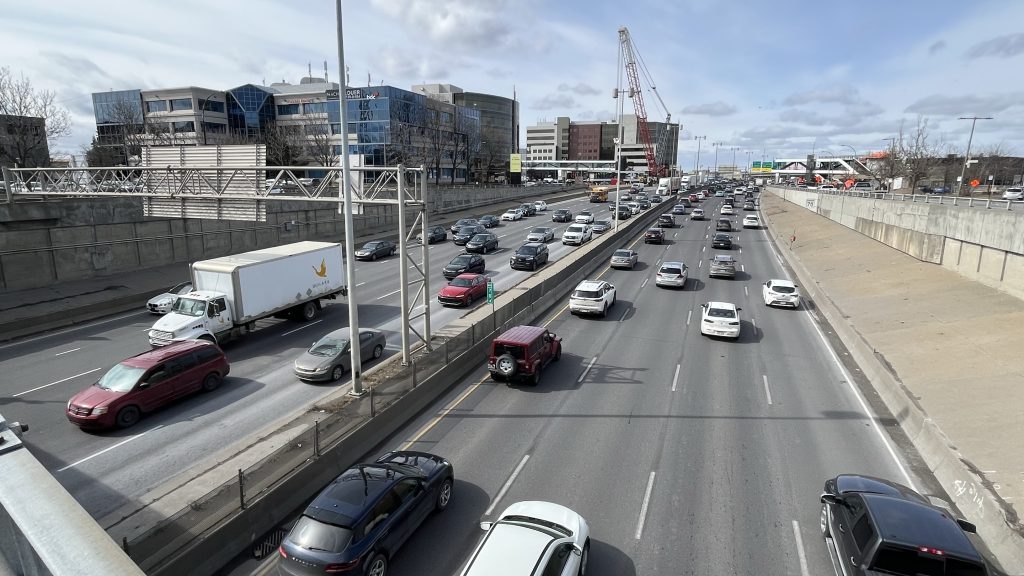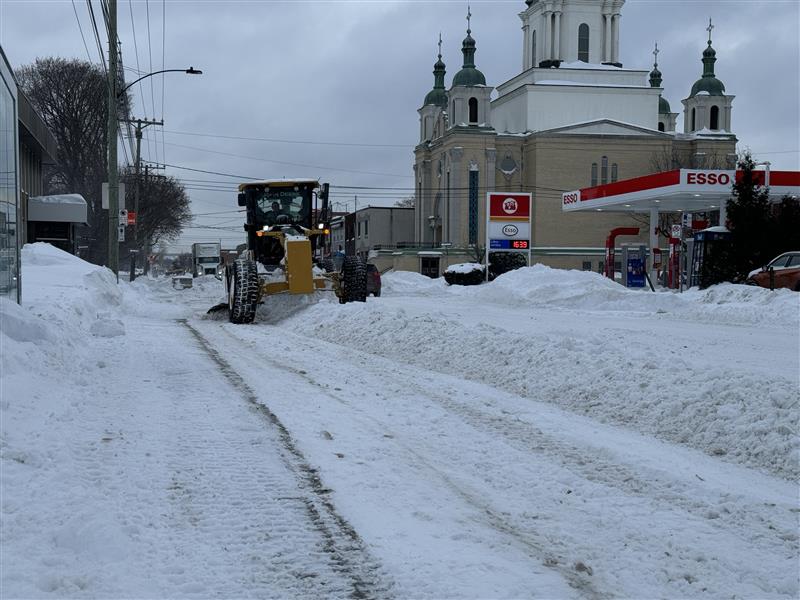Time change in the fall responsible for an increase in road accidents: SAAQ

Posted November 25, 2024 10:02 am.
Last Updated November 25, 2024 10:03 am.
While the Legault government is conducting a consultation on the possibility of ending the time change, the Société de l’assurance automobile du Québec (SAAQ), carried out a study on the number of accidents occurring in the 30 days before and after the time changes.
According to the SAAQ’s data, accidents skyrocket between 5 p.m. and 8 p.m. in the weeks following the fall time change. Pedestrians are particularly affected.
From 2019 to 2023, between 5 p.m. and 8 p.m., the number of personal accidents jumped by 25 per cent in the fall, when it gets dark sooner and as early as 4:30 p.m.
Pedestrians appear to feel the impact of the time change the hardest, according to SAAQ data. The number of accidents increases for pedestrians in the fall.
In the spring, accidents involving pedestrians decrease by 45 per cent during the end of the day rush hour.
The time change has also been shown to contribute to a lack of concentration at school, more irritability and drowsiness at inappropriate times of the day. Even an increase in heart attacks, suicides and accidents.
November the most accident-prone month
With nearly 450 collisions, the month of November appears to be the most accident-prone. March appears to be the least busy month in this regard, with barely 200 accidents recorded.
On Nov. 4, a truck driver struck and killed an 11-year-old child at the corner of Bernard and Park avenues, in Montreal’s Mile End neighbourhood. The accident revived the debate on the time change.
Considering these statistics, the SAAQ believes that awareness efforts must continue, especially in the fall, increasing the importance of being more vigilant on the road this time of year.








